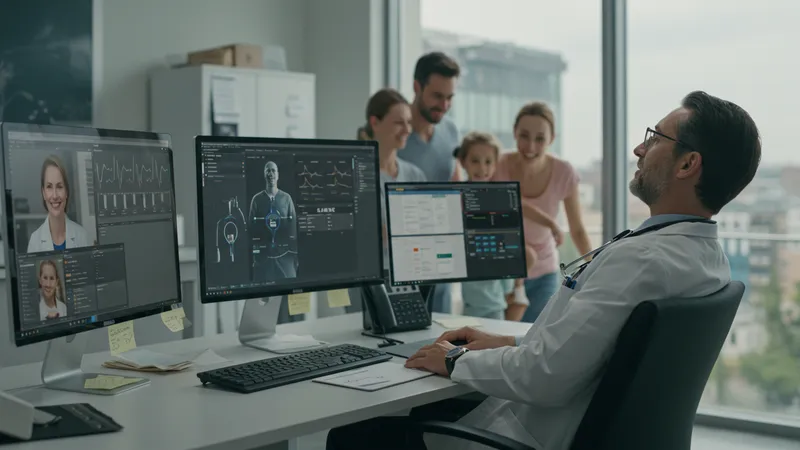
How To Improve Workflow With Medical Dictation Software For Mac
Breaking Old Habits
Many in the medical field are tethered to outdated processes, thinking that traditional methods of note-taking are the best. Yet, medical dictation software challenges this status quo, offering a path to not only innovate but also to drastically improve workflow. Embracing this technology can mean the difference between an evening spent charting and one spent rejuvenating with family. And the revolution doesn’t end here.

Adopting dictation systems could be a hard sell for tech-averse practitioners. However, data demonstrates that those who overcome this initial reluctance enjoy a striking improvement in their work-life balance, thanks to the time saved. This dramatic shift unlocks more opportunities than most clinicians dream possible. So what’s really holding them back?
One major deterrent is fear of change, yet those willing to adapt find surprising benefits in productivity and accuracy. Modern dictation tools have adaptive AI that learns individual speech patterns, refining its efficiency over time. This seems incredible compared to the manual scribing days of the past, doesn’t it?
What comes next is an eye-opener. As fear subsides, even the most skeptical users become advocates, spurred by personal experience and peer recommendations. If change is scary, the benefits are soothing, propelling more practices into technological upgrades. But the journey doesn’t conclude here…